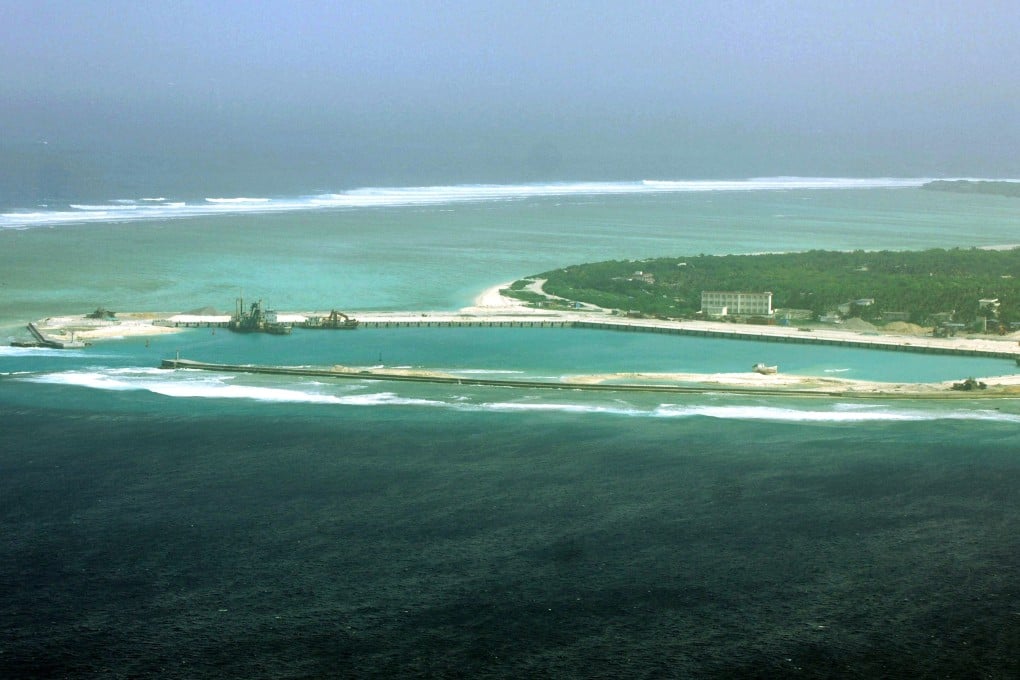Beijing could face Asean’s wrath over ‘naming and claiming’ of South China Sea features, observers say
- Formal identification of 80 topographical formations unlikely to impress the Association of Southeast Asian Nations, with which China is trying to agree a code of conduct for the disputed waterway
- Naming of underwater features might also be in breach of international law, regional affairs expert says

Over the weekend, Beijing gave names to 25 islands, shoals and reefs, and 55 undersea mountains and ridges. The last time it made such a move was in 1983, when it identified 287 features in the region where several nations hold competing territorial claims.
While it is perfectly acceptable for countries and marine scientists to give names to geographical features, the UN Convention on the Law of the Sea states that nations cannot claim sovereignty over an underwater feature unless it is within 12 nautical miles of a land feature.

Gregory Poling, director of the Washington-based Asia Maritime Transparency Initiative – a platform for information about maritime security issues across Asia – said Beijing’s move to name the South China Sea features was unusual and possibly in breach of international law.